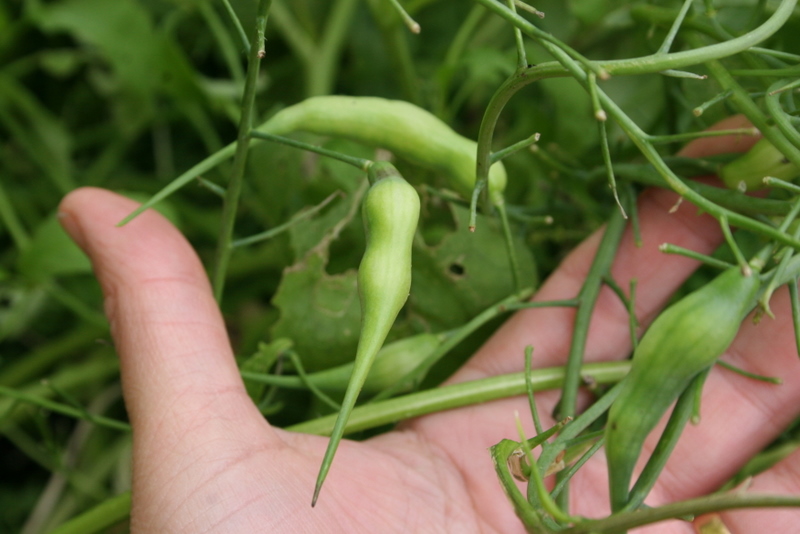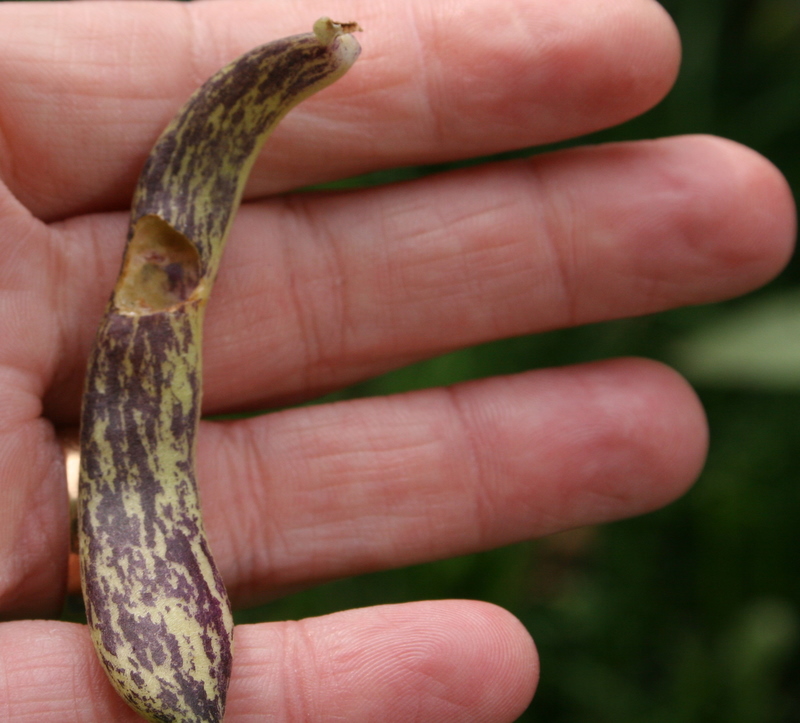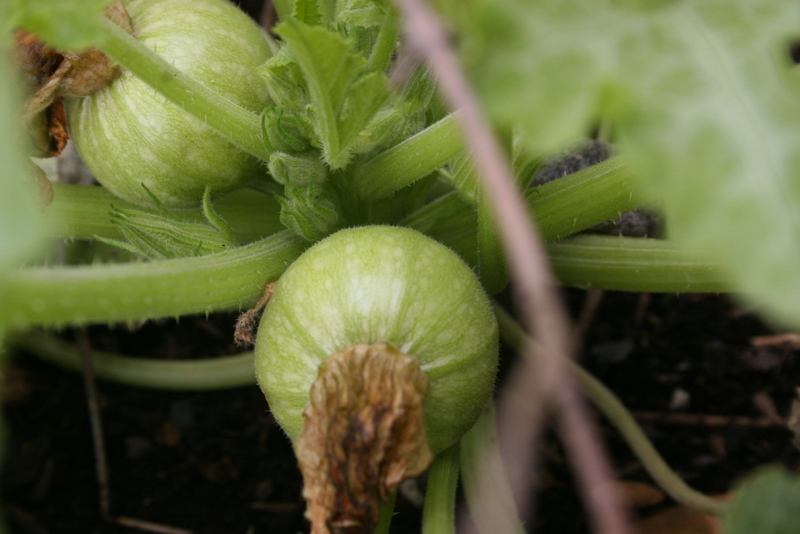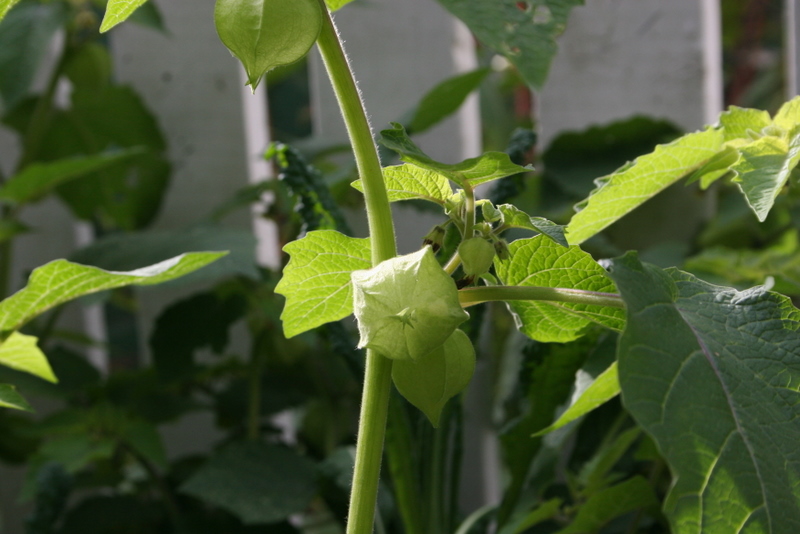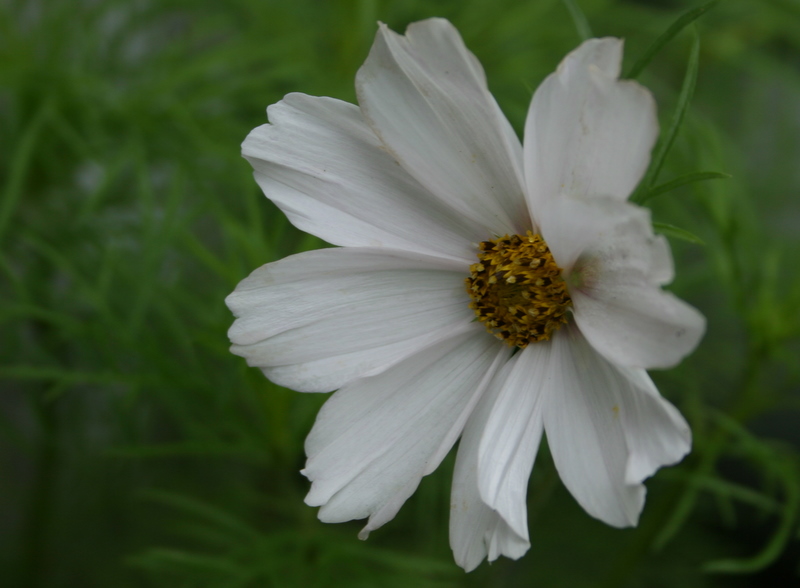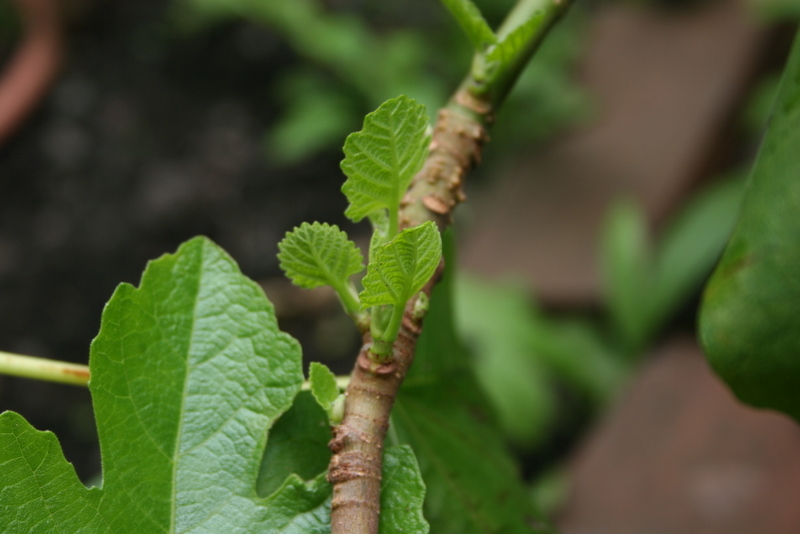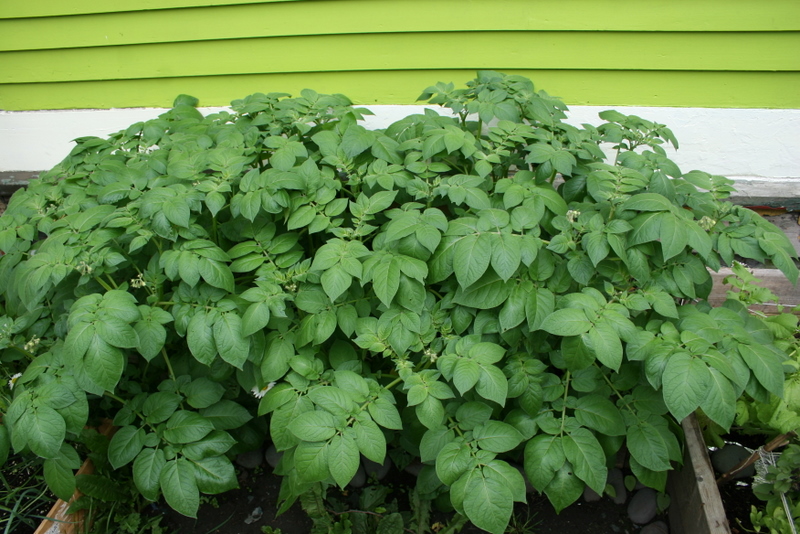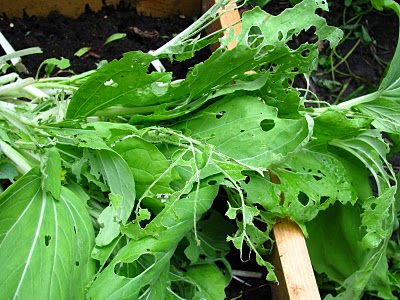I know I'm not the first person to write about composting here on the RCR blog, but I figure you just can't talk enough about turning your kitchen scraps into that lovely black gold. I've composted in one form or another for a long, long time now. The first compost I knew of was not in a bin or a black plastic Darth Vader container, it was just a heap, known imaginatively as the "compost pile." That was in the 1980s. Composting was pretty low-tech back then. Take your scraps, throw them in the pile, and let nature do the rest. It's the simplest thing, and it works just fine, if you have enough space in your yard to not mind a giant heap of rotting vegetable matter. Downtown, we have to be a little more sophisticated, just because we don't want our neighbours to freak out, or our composts to attract little mousy and ratty friends who might see our basement window as a nice portal to warmth and winter toastiness. Now, I say this as the owner of one of the ugliest compost bins in the neighbourhood. It was here when we moved in, and we haven't done anything about it. At the back of the yard, beyond all the still-blooming calendulas and the tasty-looking kale and cabbage and beets that are still hanging on in the November chill, there is a pine-framed, rectangular bin which is slowly composting itself into dirt. It has no cover, it's completely open to pillaging by rodents, and it's a massive eyesore. Worst of all, when the snow comes, my back yard fills up like a bowl with the white stuff, and the compost is only accessible through my neighbour's parking space, which is around the corner, meaning I have to lug bags and bins of compost up one street and down another to get rid of them. It's a little bit silly.
Indoors, I have a very productive worm bin, but one bin of worms can't keep up with the food waste of a family of five. The worm bin, too, is the very image of simplicity. One big plastic container, no drainage, just a few holes in the lid for air. The worms have never tried to escape, thank goodness. I keep it from getting too wet by adding in new bedding frequently (shredded newspaper, cardboard, egg cartons), and on the one occasion that I had a fruit fly infestation (admittedly, an epic one), I solved the problem by adding a few inches of soil to the bin, to smother any fruit flies and mask the food smells that would attract them. It did the trick, and the worms are happy, if indeed worms feel happiness, which I like to think they do.
All this has been going along very well indeed, and I am rewarded with beautiful compost, both the outdoor and indoor sorts, several times a year. But there's still room for improvement. If all goes well, next year will be the year we build a more efficient compost bin for the back yard, one that doesn't look like a garbage pit (and that doesn't advertise to passers-by just what we ate this week). I'm also hoping to add a third composting unit, some kind of wheeled bin I can park near the back door and stow my compost in through the winter, rather than having to hike through the streets with smelly potato peels and carrot tops.
Also, I need to figure out a system for all those tough bits of compost that don't seem to ever break down: I'm forever fishing peach and avocado pits, and avocado skins, and other slow-to-rot things from my garden beds and chucking them back in the bin, only to have to pick them out again next year. I would just stick them in the trash, but then wouldn't they just end up as part of the toxic landfill sludge? Should I smash them with a hammer? Soak them in a bucket for a year? Bury them in a pit? Burn them? Anybody?
I have started adding a few non-food items to my compost units. Like I said before, I use newsprint, cardboard, and egg cartons for bedding in my worm bin, but I sometimes add those things to my outdoor compost, too. I also add all the lint from my dryer to the outdoor compost. I know this is a contentious one, because there are all kinds of chemicals in laundry that probably shouldn't be going into the soil. But I don't use laundry detergents with dyes or fragrances, and I don't use fabric softener (and if you do, you might want to read this, because that stuff can be pretty scary). Almost all our clothes are made from natural fibres, and most of them are so worn out that they have virtually no dyes coming out of them any more. I'm sure there is some kind of residue, but I don't worry about it. The lint adds carbon to the mix, and otherwise it, too, would be headed for the landfill.
Outdoors, I limit my compost to raw, non-grain foodstuffs (so as to not attract too much wildlife), but indoors the worms get some cooked veggies, and occasionally some cooked rice or plain cooked pasta. I hate throwing that stuff in the garbage, and it doesn't seem to upset the balance in the worm bin at all. My mother, who has a very long back yard and whose compost bin is way at the back, regularly throws bread and grains in there, and doesn't mind that there are always crows circling her property. So if you don't mind crows (and possibly rats), you're free to do the same.
If I had one wish for my compost, it would be for regular additions of what garden writer Alys Fowler calls "UPP," or "urban pet poo." Of course, she just means the herbivorous pets - bunnies, gerbils, hamsters, those guys. I know there are people who compost cat and dog waste, but it's a whole different process, and way beyond my scope of knowledge. Vegetarian rodent waste, combined with the wood chips that surround it, makes great compost. If I didn't have the world's most viciously territorial cat, I would get a guinea pig or something just for its sheer compost-making powers (and, okay, for cuteness). But, alas, it is not to be. If you know you live in my neighbourhood, and you have some UPP to share, please don't hesitate to wing it over my neighbour's driveway into the gaping garbage pit! Seriously. I would love that.
For more information on backyard and vermicomposting in NL visit MMSB's website.
For resources to get kids involved in composting and waste reduction, check out the Root Cellars Rock Children & Youth page.
And keep an eye on the blog in the coming months for the launch of the new Root Cellars Rock Food Skills Workshops kit, which will include everything you need to know to host a beginner composting workshop in your community!









